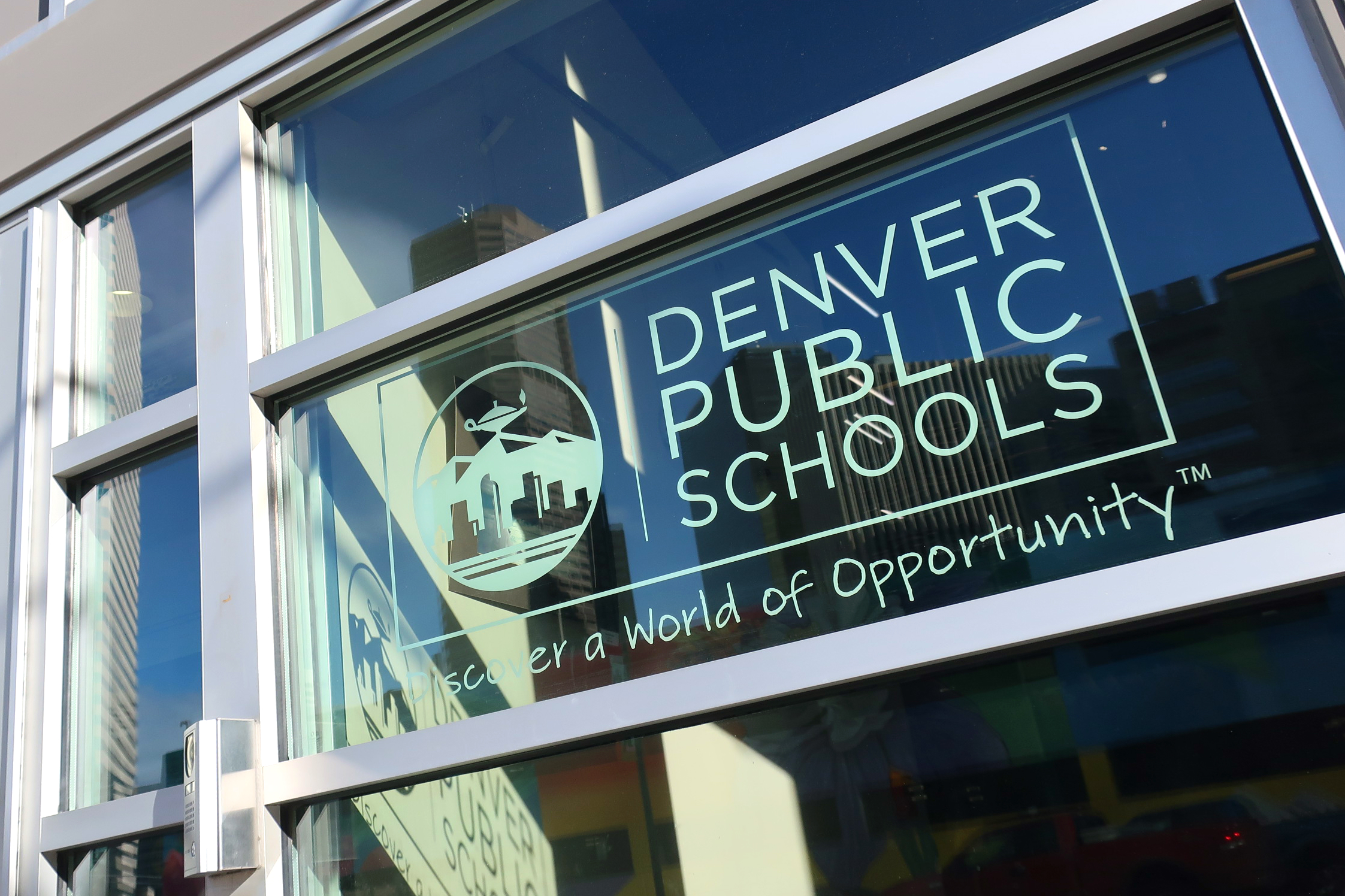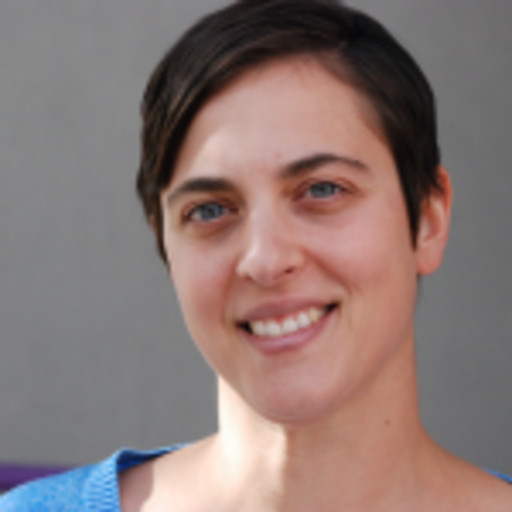
A year into his tenure, Denver Public Schools Superintendent Alex Marrero is rolling out a new strategic plan to guide Colorado’s largest school district.
The plan, which Marrero calls a roadmap, focuses on three broad goals: improving the student experience, improving the adult experience for educators and families, and replacing “ineffective, destructive systems” with “equitable, transparent systems,” according to a copy obtained by Chalkbeat.
It also comes with a new catchphrase: Every Learner Thrives.
“If we are to accomplish our vision that every learner thrives, we must reframe education as a series of experiences that promote an exchange of ideas, the pursuit of passion, and a quest for justice,” the plan says. “This is the DPS experience.”
Marrero said in an interview that he intentionally framed the plan as a fluid roadmap, with goals to be accomplished by 2026, rather than a rigid plan with annual benchmarks.
“That means that even if, God forbid, we’re in a situation like a COVID-19 pandemic, we can still recalculate, just like a navigation system, and still know where we want to be in 2026,” he said.
Denver has been operating without a strategic plan since 2020, when the previous plan developed by then-Superintendent Tom Boasberg expired. Marrero’s plan comes as Denver prepares to welcome back some 90,000 students who have experienced three pandemic-disrupted school years, which has led to lost learning and lower test scores.
“We have a deep, deep hole to climb out of,” Marrero said.
The plan is based on a 100-day listening tour Marrero conducted last year, recommendations from internal and external advisers, and goals set by the school board. Originally promised by early summer, the much-anticipated plan was released to district leaders first. A district spokesperson said it will be widely released in the next few weeks.
The pandemic has made the past few school years hard, with educators reporting major challenges with student behavior, mental health, and engagement with classwork. The plan sets goals not only for improving test scores and high school graduation rates, but also for raising participation in extracurriculars and creating a sense of belonging.
“I want our kids to look well beyond the scope of their neighborhood and block, and that can come in many ways,” Marrero said.Become a Chalkbeat sponsorhttps://911bc3a3c11b996422a1754934396b3d.safeframe.googlesyndication.com/safeframe/1-0-38/html/container.html
There is a focus throughout the plan on equity — closing academic gaps between student groups, expanding ethnic studies, hiring more teachers of color, and increasing access to culturally competent mental health services.
The plan calls for ongoing equity audits to improve district systems, as well as deeper partnerships with the community, competitive pay for teachers, and a more diverse workforce. It also calls for expanded opportunities for students, such as more career and technical education, access to advanced coursework, and health and financial education.
And the plan aims for 10 percentage-point gains by 2026 across a range of areas, from grade-level student performance to graduation rates to participation in parent-teacher conferences. Marrero also has a set of annual goals tied to his own evaluation.
The plan revives an idea to create an information dashboard that lets parents compare schools in more nuanced ways after Denver abandoned its previous school rating system and reverted to the state system, which is heavily dependent on test scores.
The plan also calls for more clearly defining how flexible different types of schools can be when carrying out district goals. Denver has long prided itself on its “family of schools,” which includes district-run schools, semi-autonomous innovation schools, and independent charter schools. With the move away from education reform policies and a contentious debate this spring about innovation schools, it’s been unclear how much autonomy building leaders have.
“In 2026, we’ll all discover how successful we were,” Marrero said of the roadmap’s goals, “but I’m very confident we will be.”
Below, find a more detailed description of the plan. Under each of the three broad goals, Marrero has laid out a set of more specific goals, strategies to achieve them, and ways to measure progress over the next four years.
The specific goals for improving the student experience include:
- That students are on track to graduate ready for college, a career, and “life in a post-pandemic global society, with an accelerated trajectory for marginalized students”
- That they “feel a strong sense of belonging, are emotionally supported in school, and have the capacity to advocate for themselves and for justice”
- That they “grow in and pursue their areas of passion,” such as athletics and art
The strategies to achieve those goals include:
- Improving access for all students to rigorous courses and high-interest curriculum
- Enhancing academic programming in math and literacy, science and technology, humanities, ethnic studies, languages, and health and financial education
- Expanding career and technical education
- Speeding up student growth through specialized plans for students of color, multilingual learners, students with disabilities, and other marginalized groups
- Providing “culturally affirming mental health resources and support”
- Supporting student-led affinity groups “to build a sense of belonging and social identity”
- Making it easier for students to sign up for and participate in enrichment and extracurricular activities
To measure progress, the plan calls for Denver schools to make gains of at least 10 percentage points in the number of students performing at grade level, graduating within four or five years, and graduating with college credit, apprenticeship or internship hours, or an industry certificate, all by 2026. The district’s four-year-graduation rate in 2021 was 74%.
The plan sets similar progress markers for more students earning a seal of biliteracy, which means they can read and write well in two or more languages, participating in “passion-sustaining programming,” and reporting a sense of belonging on district surveys.
The specific goals for improving the adult experience include:
- That every staff member sees themselves as an educator
- That the district’s workforce “reflects the diverse identities of our learners”
- That families participate in making decisions that affect their children’s education
The strategies to achieve those goals include:
- Countering “a narrative that views difference as a deficit”
- Expanding efforts to recruit and retain staff from marginalized backgrounds
- Paying employees salaries that are at or above market rates
- Improving community engagement, especially with families of marginalized identities
To measure progress, the plan will look for 10 percentage-point improvements by 2026 in the proportion of staff who report on district surveys that they feel supported, as well as in families who report that they feel informed about their students’ progress, among other measures. The district hopes to see similar growth in the portion of family members from marginalized backgrounds who participate in parent-teacher conferences and district events.
The plan also calls for retaining more educators and for recruiting and hiring more employees from diverse backgrounds, with targets to be set next year. Though a majority of Denver students are students of color, most Denver teachers are white.
The specific goals for changing district systems include:
- Disrupting, dismantling, and redesigning inequitable systems
- Providing resources and services equitably and transparently
- Ensuring the district is “recognized locally, regionally, and nationally as a leader in practices for equity and sustainability”
The strategies to achieve those goals include:
- Regularly auditing operational and academic systems for equity
- Increasing access to “clear and transparent information about the characteristics and effectiveness of different schools” that goes beyond school ratings issued by the state
- Developing a way to measure progress at the district, school, and classroom levels
- Partnering with external organizations to meet community needs
- Defining which flexibilities will be available to traditional district-run schools, semi-autonomous district-run innovation schools, and independent charter schools
To measure progress, the plan calls for auditing 10 district systems for equity by 2026 and aligning the district budget and school-level strategic plans with the district strategic plan.
The district also plans to open six community hubs that will offer services such as mental health help, GED and citizenship classes, and food and school supplies.









